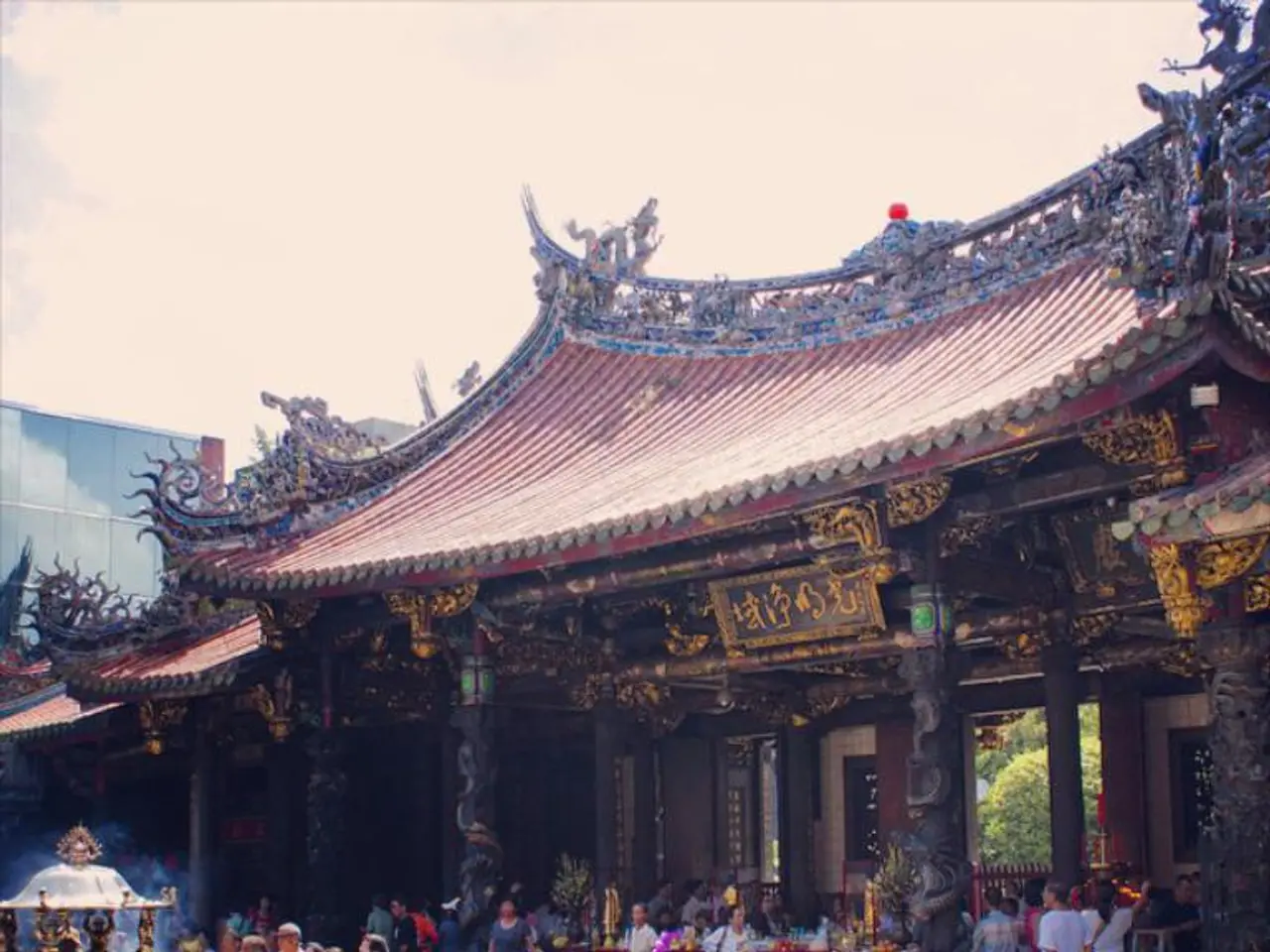Exploring Mingei: Dive into the Japanese Folk Art Tradition
The Mingei movement, a Japanese folk art movement founded in the late 1920s and 1930s by philosopher Yanagi Sōetsu, champions the beauty of everyday objects crafted by ordinary people. This movement emerged in response to the rapid industrialization of the 20th century, as a reaction against the growing prevalence of mass-produced goods.
At its core, Mingei values the artistry and cultural significance of handmade items, such as ceramics, textiles, and household utensils, often overlooked in the pursuit of individual artistic fame. The term Mingei means "folk art" or "arts of the people."
Historically, traditional Japanese crafts were highly valued as cultural treasures, with many pieces protected as National Treasures and supported by imperial patronage. However, this support primarily benefited prestigious artists linked to the imperial household, leaving the craftsmen of everyday objects in the shadows. Yanagi Sōetsu and the Mingei movement sought to rectify this by recognizing and elevating the worth of simple, functional items made by nameless craftsmen.
The Mingei movement led to the founding of the Japan Folk Crafts Museum (Nihon Mingeikan) in 1936, which continues to honour these objects and their creators, highlighting the artistic and cultural significance of everyday handmade goods. Mingei's philosophical underpinning is that true beauty and value reside in commonly used tools and objects, rather than in fine art pieces made for collectors or elites.
The impact of Mingei extends to modern craft philosophy in Japan, influencing the concept of "everyday crafts," which values objects that seamlessly integrate into daily life and enrich it aesthetically and functionally. This approach breaks down distinctions between artists and artisans and focuses on crafts that serve practical roles while retaining beauty and character.
Examples of Mingei craft include pottery, textiles, and woodwork, each form reflecting cultural values and traditions. Mingei textiles often incorporate natural dyes and patterns reflecting seasonal changes, while pottery includes various types of vessels and tableware made for daily use, such as hand-thrown tea cups, unrefined bowls, and jugs designed for storing liquids like water or sake.
Hamada Shōji and Kawai Kanjirō were influential figures in the Mingei movement, known for their unique pottery and ceramics that reflected the movement's ideals. Their works, along with other Mingei art, can be found in major museums and exhibitions worldwide, such as The Japan Folk Crafts Museum.
The Will Moses Gallery also showcases folk art, offering a unique glimpse into this vibrant world. Works on display include textiles in the form of kimonos, furoshiki, and table mats. The celebration of craftsmanship in Mingei continues to inspire future generations, as exhibitions often include a mix of traditional and contemporary works, allowing for a deeper understanding of Mingei's impact.
In summary, the Mingei movement is a significant cultural movement that appreciates craft beyond elite art, emphasizing the cultural and aesthetic value of everyday objects made with skill and care by unknown artisans. Its focus on preserving traditional craftsmanship and emphasizing the importance of utility, simplicity, and cultural heritage in art continues to resonate today.
| Aspect | Details | |---------------|----------------------------------------------------------------------------------------------| | Origins | Late 1920s–30s; founded by Yanagi Sōetsu | | Philosophy| Beauty in ordinary, handmade, functional objects by anonymous artisans | | Focus | Folk crafts: ceramics, textiles, household items | | Institution| Japan Folk Crafts Museum (Nihon Mingeikan), founded 1936 | | Impact | Elevated folk craft status, inspired the modern concept of everyday crafts enriching daily life|
Traveling through Japan offers a unique opportunity to immerse oneself in the rich cultural heritage of the Mingei movement. Visiting the Japan Folk Crafts Museum provides a comprehensive understanding of the movement's origins, philosophy, and focus on traditional craftsmanship.
By incorporating everyday Mingei crafts into one's lifestyle, such as using handmade ceramics for teacups and traditional textiles for kimonos, one can experience the movement's value of utility, simplicity, and cultural significance firsthand, enriching both the aesthetic and functional aspects of daily life. Such cultural-travel experiences can offer a deeper appreciation for the artistic beauty found in ordinary, handmade objects.




